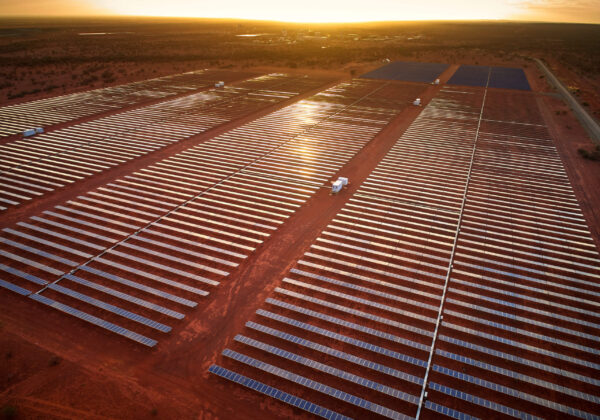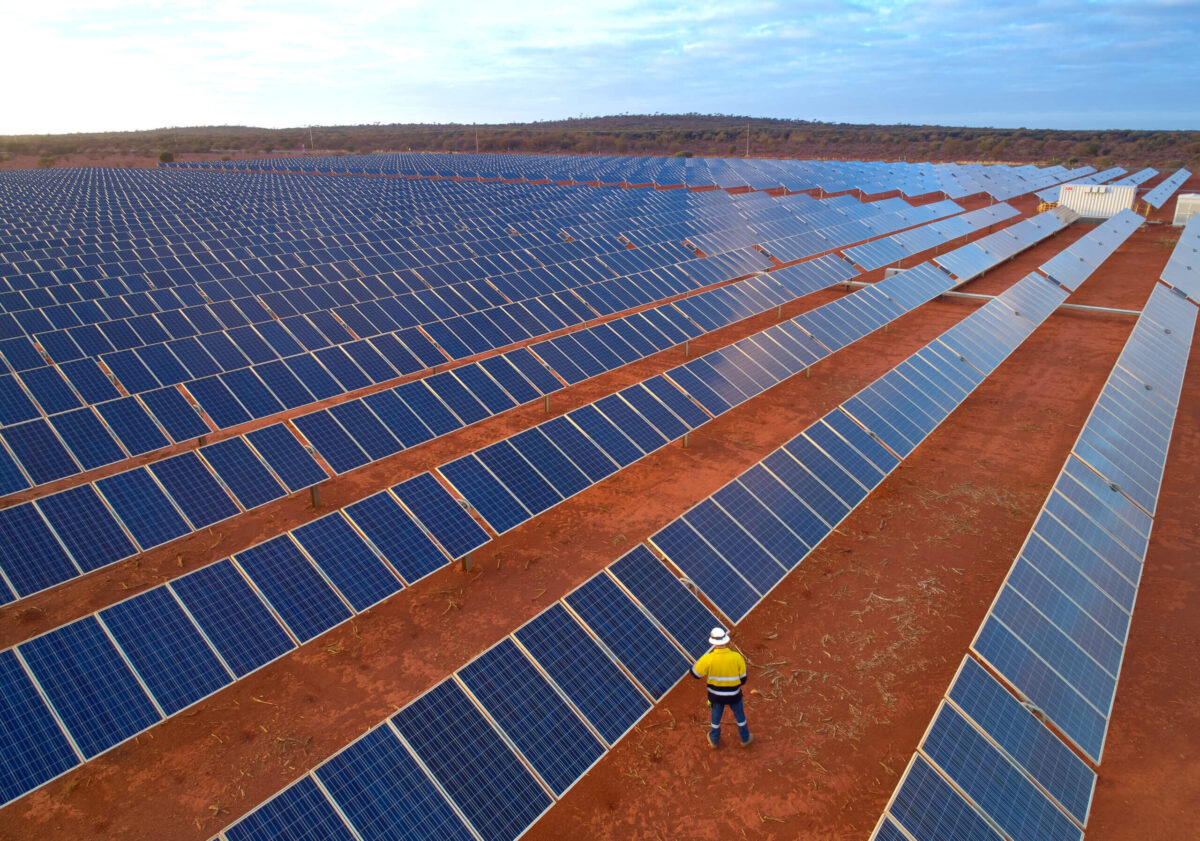French renewable energy giant Neoen has confirmed the DeGrussa solar and battery hub in the heart of Western Australia’s goldfields region is to be dismantled after seven years of operations.
The DeGrussa facility, comprising 10.6 MW of PV and a 6 MW lithium-ion battery energy storage system teamed with a diesel-fired generator, was commissioned at West Australian mining company Sandfire Resources’ Degussa copper mine site, 900 kilometres northeast of Perth, in June 2016.
The solar hybrid power system has since supplied nearly 20% of the mining operation’s annual power requirements and cut its emissions by about 12,000 tonnes of carbon dioxide a year.
Sandfire purchased the power under an initial 5.5-year agreement but that was extended as the mining operation pushed beyond its original 2021 closure date. The mine has however now ceased operations, signalling the end of life for the DeGrussa solar and battery hub.
In a statement shared with pv magazine, Neoen said it is intending to remove the solar panels, as well as the rest of its facility and to rehabilitate the site.
Climate Energy Finance Director Tim Buckley said the dismantling came as no surprise with the end of mine life “absolutely well known” when they solar hybrid power system was commissioned.
“There is no surprise there,” he said, adding that in spite of its short lifespan, the DeGrussa power project has been a “brilliant success.”
Buckley said the project, which attracted $20.9 million (USD 13.7 million) in funding from the Australian Renewable Energy Agency (ARENA) and $15 million in debt finance from the Clean Energy Finance Corporation (CEFC), was part of the “step change that took solar from being a potential technology to being now integral to the transformation and decarbonisation of the Australian electricity system.”
“Given Australia has gone on to become a world leader in both the solar and battery energy storage systems means this was a brilliant success, over-delivering in terms of the financials and project’s planned life and the learning by doing of this pilot-scale, world-leading deployment,” he said.
“The capacity, the scale, the technology improvements, the software integration, all the learnings that have gone on, Degrussa was a core part of the early learning by doing.”
Buckley said the project had provided key learnings in how off-grid energy needs are going to be met with Australia now is embracing the energy transition.
“Our biggest companies are BHP and Rio, huge balance sheets, huge potential and huge energy needs and they are starting to embrace the learning by doing that ARENA has been championing for the past decade and Degrussa was a classic example,” he said.

Image: Sandfire Resources
Even as it is being dismantled, the DeGrussa project could provide lessons with Neoen exploring opportunities to repurpose the 34,080 solar panels and other infrastructure that is installed across the 20-hectare site.
“Our preference is for the solar panels to be re-used as they remain in good condition,” the company said, adding that it “is currently investigating opportunities to find a second life for the solar panels and for the other main components such as the inverters, transformers and the battery pack.”
The DeGrussa milestone comes as Western Australian government-owned utility Synergy announced that it has commenced the decommissioning of the Ten Mile Lagoon and Nine Mile Beach wind farms near Esperance in the state’s southwest.
Nine Mile and Ten Mile wind farms were installed more than 20 years ago and have reached their end of life.
During decommissioning, two of the wind turbines are being donated to North Metropolitan TAFE for renewable energy training purposes and six wind turbines will be repurposed at new wind farm sites in the Perth region.
The project is expected to be completed by end-2024.
This content is protected by copyright and may not be reused. If you want to cooperate with us and would like to reuse some of our content, please contact: editors@pv-magazine.com.









hopefully the new stuff lasts longer than 20 years…
Hi Henry, the system wasn’t dismantled because it wasn’t working – but rather because the mine ceased operations. The modules, inverters, and batteries (and diesel genset) will likely live a second life.
Read the story Hank. It was built for a specific time frame, not to last over 20 years at that mine site. Is this a comment that would come from an anti solar/wind person?